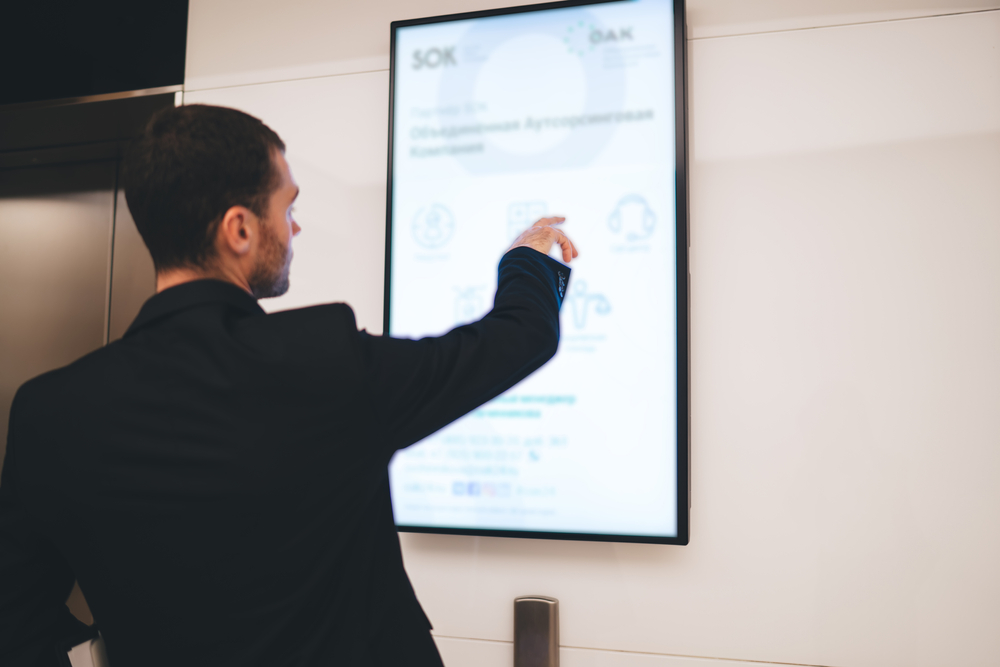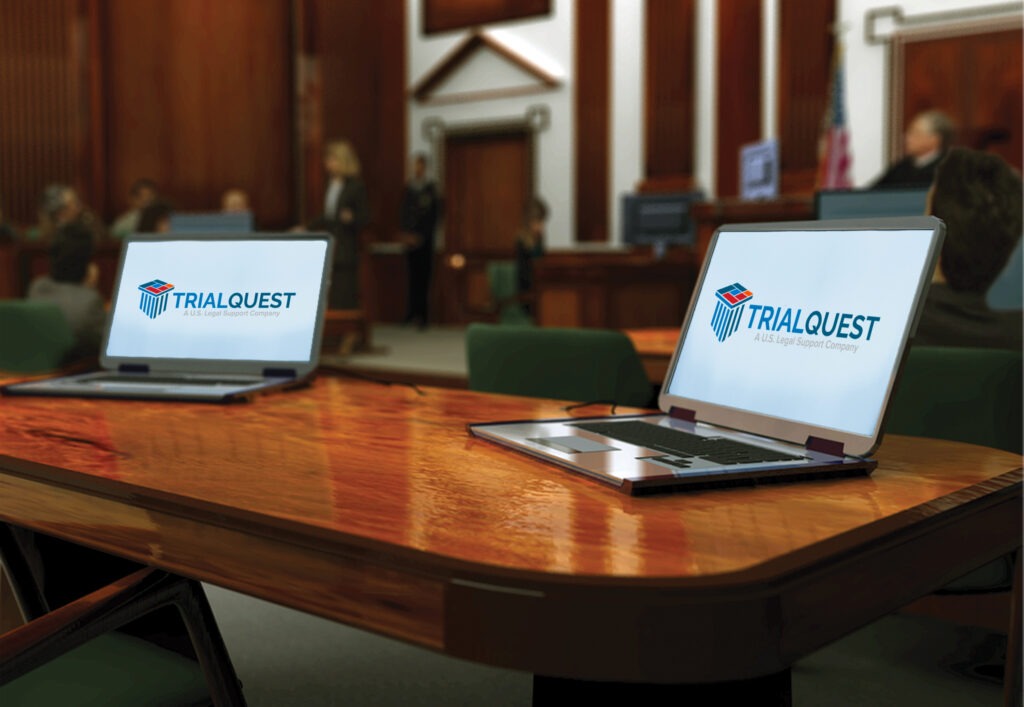Lawyers trust professional trial presentations to support their courtroom strategy.
Just How Trial Presentations Enhance Your Disagreement and Persuade Jurors
Trial discussions work as a crucial system for enhancing legal arguments and convincing jurors. By incorporating visual help, narrative structures, and psychological involvement, attorneys can produce an engaging case that resonates on numerous levels. The tactical use of visuals not just makes clear complex info yet also catches jurors' focus more efficiently than words alone. Nonetheless, the art of narration plays an equally important duty in changing valid proof right into an engaging story, shaping jurors' understandings - trial presentations. Understanding these components can dramatically influence test results, increasing the question of exactly how each component adds to this complex dynamic.

Relevance of Aesthetic Aids
Visual aids play an essential role in enhancing the efficiency of trial discussions, as they can substantially raise target market involvement and retention of info. In the context of a trial, where jurors are tasked with processing facility details, aesthetic aids serve to streamline and clarify bottom lines. Charts, graphs, and images can share data and principles that may or else overwhelm or perplex jurors, allowing for a more simple understanding of the evidence offered.
Additionally, visual aids aid in keeping juror attention throughout the process. By damaging the uniformity of spoken testimony, these devices can punctuate essential disagreements, making them more remarkable. Efficient visual help can likewise stimulate psychological feedbacks, which can be pivotal in encouraging jurors to straighten with the presenter's narrative.

Crafting Engaging Narratives
An engaging narrative is important in test discussions, as it works as the foundation of efficient persuasion. It allows lawyers to weave together truths, proof, and psychological components into a meaningful tale that resonates with jurors. This narrative framework allows jurors to understand the intricacies of the situation while directing them with the lawyer's debate.
To craft an engaging story, lawyers must concentrate on clearness and coherence. Additionally, the use of vivid summaries can develop psychological pictures that help jurors visualize the events, making the story a lot more unforgettable.
Additionally, integrating key themes throughout the discussion strengthens the core message and aids in retention - trial presentations. The narrative needs to not just communicate information but additionally stimulate a sense of justice, highlighting the risks entailed. Eventually, a well-constructed story promotes a connection in between the jurors and the situation, placing the attorney's debate as both credible and engaging, thus increasing the chance of a positive decision

Involving the Jury Psychologically
Efficient court interaction pivots on the attorney's capacity to connect with jurors on a psychological level. This connection can significantly affect jurors' perceptions and their utmost decision-making. Making use of emotional allures allows lawyers to humanize the instance, transforming abstract lawful concepts into relatable experiences. By offering real-life stories or testimonies, lawyers can evoke empathy and concern, fostering a deeper understanding of the concerns at risk.
Aesthetic aids, such as photographs or videos, can additionally enhance emotional engagement, offering jurors with dazzling depictions of the situation's human elements. Crafting a story that highlights the battles and victories of the people involved makes sure that jurors see past the lawful debates and recognize the human consequences of their decisions.
Additionally, tone and body movement play a crucial role in conveying emotion. An attorney's passionate delivery can resonate with jurors, reinforcing their emotional investment in the case. It's vital to balance sob stories click here for info with factual evidence, guaranteeing that jurors feel compelled to act while remaining grounded in the fact. Inevitably, a psychologically involved court is more probable to be persuaded, making emotional link an essential part of efficient trial presentations.
Structuring Your Presentation

The body of the presentation need to be realistically fractional right into key factors, each supported by engaging evidence. It is valuable to utilize narration methods to weave realities into a story that jurors can easily adhere to. Visual help, such as charts and videos, can boost comprehension and involvement, assisting to highlight vital items of evidence.
Real-World Study
Checking out real-world study provides vital understandings into the art of test discussions and click to read persuasion. The landmark situation of "O.J. Simpson v. Individuals of California" shows exactly how aesthetic aids and compelling narratives can guide court perceptions. The defense group properly employed a technique that integrated top-level expert testimonies with multimedia presentations, which astounded jurors and inevitably affected their decision.
An additional notable instance is the "McDonald's Coffee Instance," where the complainant's lawyers made use of visuals pictures of the injuries endured Homepage by Stella Liebeck. trial presentations. This plain visual evidence played an important function in communicating the seriousness of her burns, resulting in a significant jury honor. Such instances show that impactful trial presentations frequently depend upon the effective assimilation of visuals and narration to evoke emotional responses from jurors
Furthermore, the "Casey Anthony Test" highlighted the value of narrative coherence and trustworthiness. The prosecution's failure to develop an engaging timeline decreased their persuasive power, emphasizing the need of a well-structured presentation. Analyzing these instances exposes that successful test discussions require critical preparation, emotional involvement, and the capability to resonate with jurors' worths and beliefs.
Conclusion
Test presentations substantially enhance disagreements and encourage jurors through the calculated usage of visual aids, engaging stories, and emotional interaction. A well-structured discussion balances emotional charms with valid evidence, eventually reverberating with jurors' worths.